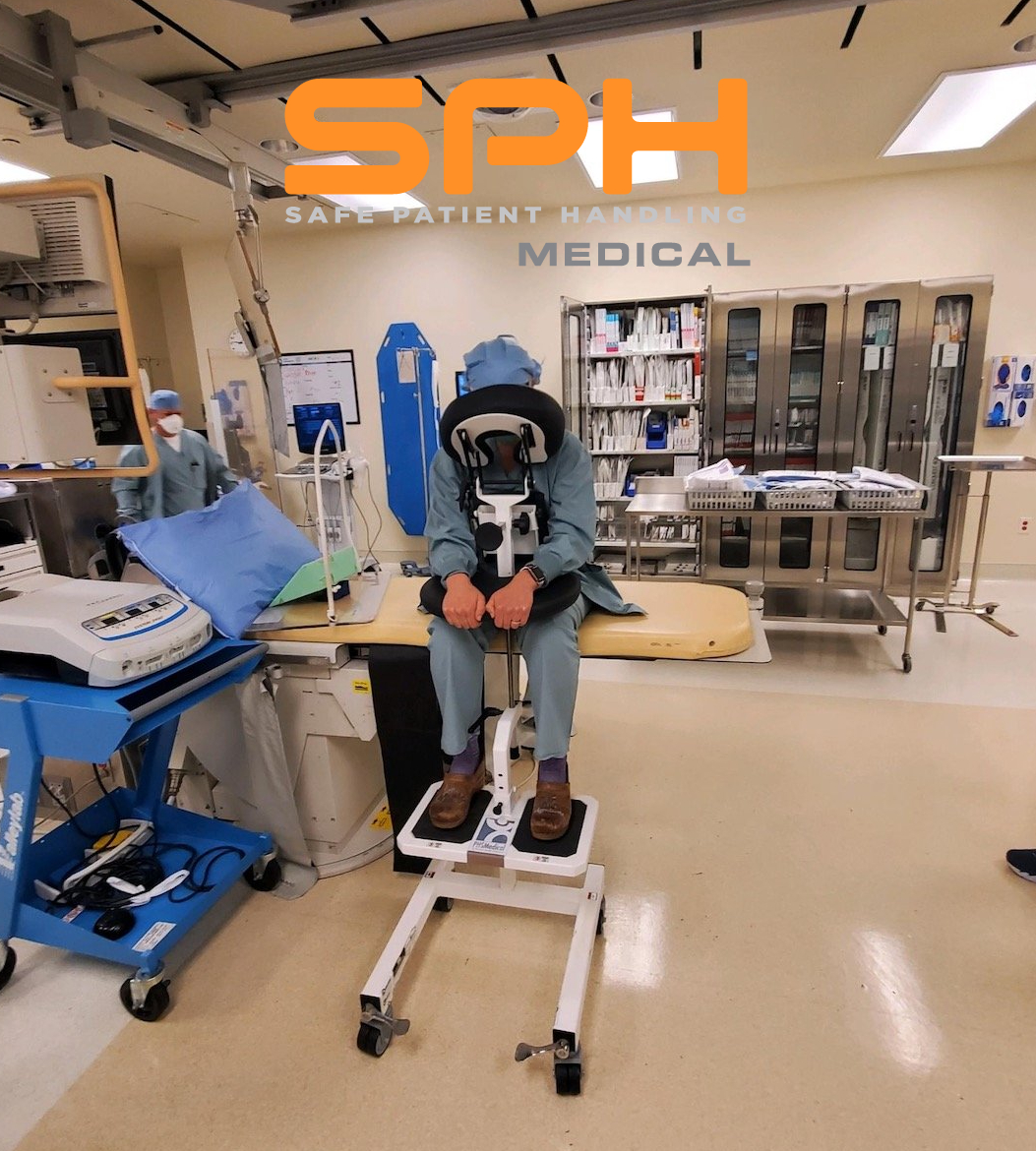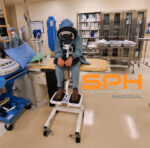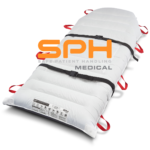The Use of the EPD for Patient Positioning During Spinal Blocks and Other Procedures
There are risks associated with any surgery, but patients are not the only ones who should keep that in mind. Healthcare workers in a surgery department or labor and delivery unit at a hospital should also bear this in mind, especially those who administer spinal blocks or provide patients with epidural pain relief before surgery. These assertions mirror those found in multiple studies that examine the use of pain-blocking modalities administered to patients in hospitals and other medical settings. One of those studies comes from the National Institutes of Health, the primary agency for conducting and supporting medical research in the U.S. The study found that not safely position patients and manually holding patients so that they can receive a spinal block or another type of pain-blocking injection can put medical teams at risk of developing a musculoskeletal disorder.
This type of injury often occurs when nurses, anesthesiologists, and other medical professionals have to catch patients who start to fall after having received a spinal block or undergoing epidural pain relief. In addition to musculoskeletal disorders, getting patients into position to be injected with a pain-blocking injection often leaves many caregivers struggling with lower and upper back pain and even neck pain. That said, it is worth noting that such injuries occur far less frequently when caregivers use an epidural positioning device (EPD) to help them move a patient into an optimal position to receive their much-needed pain-blocking injection, or when the imaging department uses the EPD to position patients comfortably for Thoracentesis.
How Current Patient Positioning Methods Lead to Injuries
Having established there are inherent risks that come with safely position patients into a position to receive a spinal block or another pain-blocking modality before they undergo surgery, let’s discuss how using an EPD can help keep medical teams safe. Medical teams in most hospitals and other medical facilities will typically use inflatable pillows and ordinary chairs and stools to get patients into position to receive a pain-blocking injection before their surgery. This haphazard approach often leaves patients and their caregivers susceptible to multiple injuries.
How Investing in an Epidural Positioning Device Leads to a Safer Surgery Department and Labor and Delivery
To appreciate how an epidural chair or similar epidural positioning device keeps medical teams safe, it helps to know a little more about what they do. An epidural chair, either the non powered version or the electric version, makes it easier for medical teams to move patients into a seated position that optimizes spinal flexion throughout the entire spine. This seated position that allows for optimized spinal flexion makes it easier for an anesthesiologist to correctly and safely inject patients with pain-blocking medication. And since these devices require less hands-on involvement relative to moving patients into position, anesthesiologists and their supporting staff are less likely to suffer injuries.
Bottom Line
EPDs can improve patient and medical team safety in both a hospital’s operating room, imaging department, and its labor and delivery unit. That alone makes them worth the investment. To learn more about these revolutionary medical devices, consider speaking with one of our knowledgeable associates today.
References:
https://www.ncbi.nlm.nih.gov/pmc/articles/PMC3964150/
https://www.ncbi.nlm.nih.gov/pmc/articles/PMC7754151/
https://pubmed.ncbi.nlm.nih.gov/11682426/



